Silk Damask: From Royalty to Sacred Vestments
Silk Damask: From Royalty to Sacred Vestments
Imagine running your fingers across silk damask—a luxurious fabric with a royal past and a sacred present. Silk Damask: From Royalty to Sacred Vestments tells how this timeless textile has captivated hearts for over two thousand years. Known for its intricate patterns and rich texture, silk damask fabric has become a lasting symbol of elegance, wealth, and devotion.
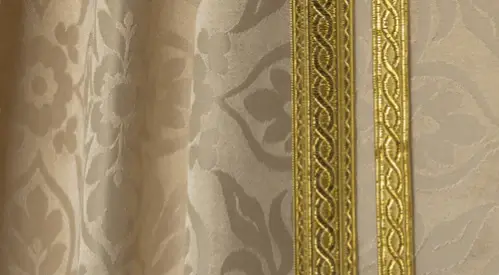
Introducing the Silk Damask Liturgical Fabric
Silk damask fabrics, with their intricate patterns and soft feel, began over 2,000 years ago, showing us how cloth art and fashion have changed over time. The name “damask” comes from Damascus, Syria, where nice patterned fabrics were made during the Middle Ages in Europe. However, historians have found that the technique actually started in China around 300 BCE, during the Tang Dynasty. Back then, only royalty and nobles could have it because it was so expensive to make. This high cost was mainly because silk damask was, and still is, made using a special weaving method with one warp and one weft of yarn, usually in one color that shows patterns through different woven threads.
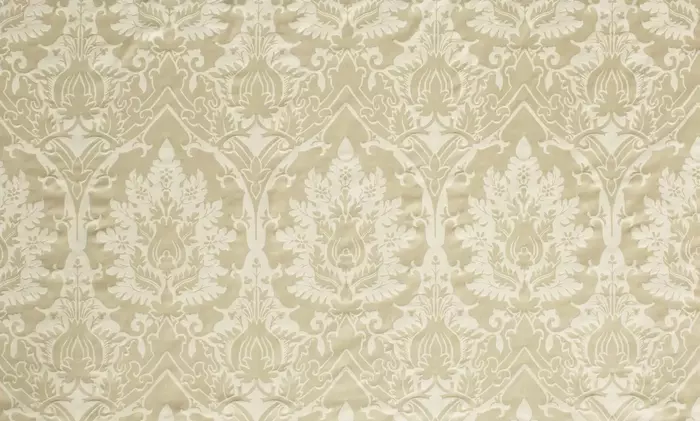
Damask’s Impact on European Weaving
The spread of damask fabric from China to Europe through the Silk Road changed how people around the world valued it. European merchants brought damask to the continent in the 11th century. It quickly became a symbol of luxury and high status. Over time, different regions in Europe developed their own styles of weaving. These included France, the Flemish city of Courtrai, Ireland, and Haarlem in the Netherlands.
For many years, damask remained linked to nobility and the upper classes. That changed in 1745 with the invention of the Jacquard loom. This machine made weaving faster and cheaper. It allowed the production of damask and other fabrics on a much larger scale. As a result, damask became more available to the general public.
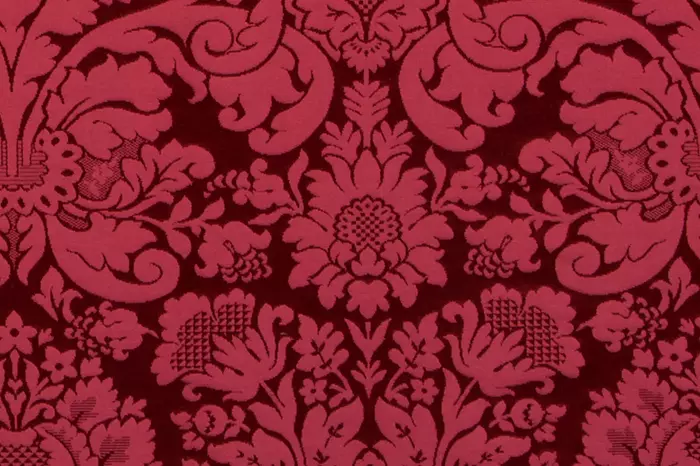
Modern Relevance and Adaptation
The high cost of damask today comes from its rich history, complex production processes, and the quality of materials used, such as silk. It has been used for many things, from fancy clothes for the rich to decorative and useful items in churches and noble homes. In modern times, damask remains a favorite among designers for its strength, elegance, and the sophisticated touch it adds. Its patterns, inspired by nature and often symmetrical, are loved for their beauty and complexity, woven into fabrics that catch the eye and interest the mind.
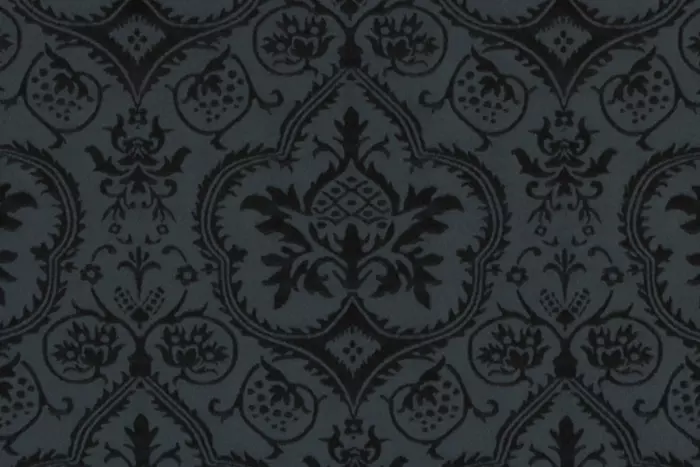
The change from a handmade textile for the elite to a widely appreciated fabric shows the technological advances and cultural exchanges that have shaped the textile industry. Damask’s journey from ancient Chinese looms to modern Jacquard weaving highlights the lasting appeal of this luxurious fabric, making it a timeless symbol of elegance and craftsmanship.
Thank you for exploring the journey of silk damask: from royalty to sacred vestments. What other fabric traditions would you like to learn about? Let’s uncover more beautiful threads of our shared history.
Soli Deo Gloria
Be sure to visit our online store front Ecclesiastical Sewing where you may shop for Liturgical Fabrics, altar linen fabrics, church vestment-making patterns, liturgical machine embroidery designs, church vestment trims and notions and so much more. You may also find us on Ecclesiastical Sewing on Facebook, Twitter, and Pinterest. Sign up for our mailing list at the bottom of the page on our online store front and receive a free copy of our Small Linens Booklet as our way of saying thank you for following along.
To inquire about the creation of a bespoke set of vestments tailored specifically for your church, feel welcome to contact us.
Why We Use Green for the Season of Pentecost
Brocade or Damask?
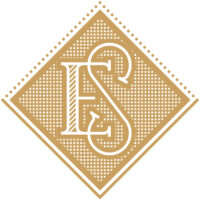





 RSS - Posts
RSS - Posts
You must be logged in to post a comment.